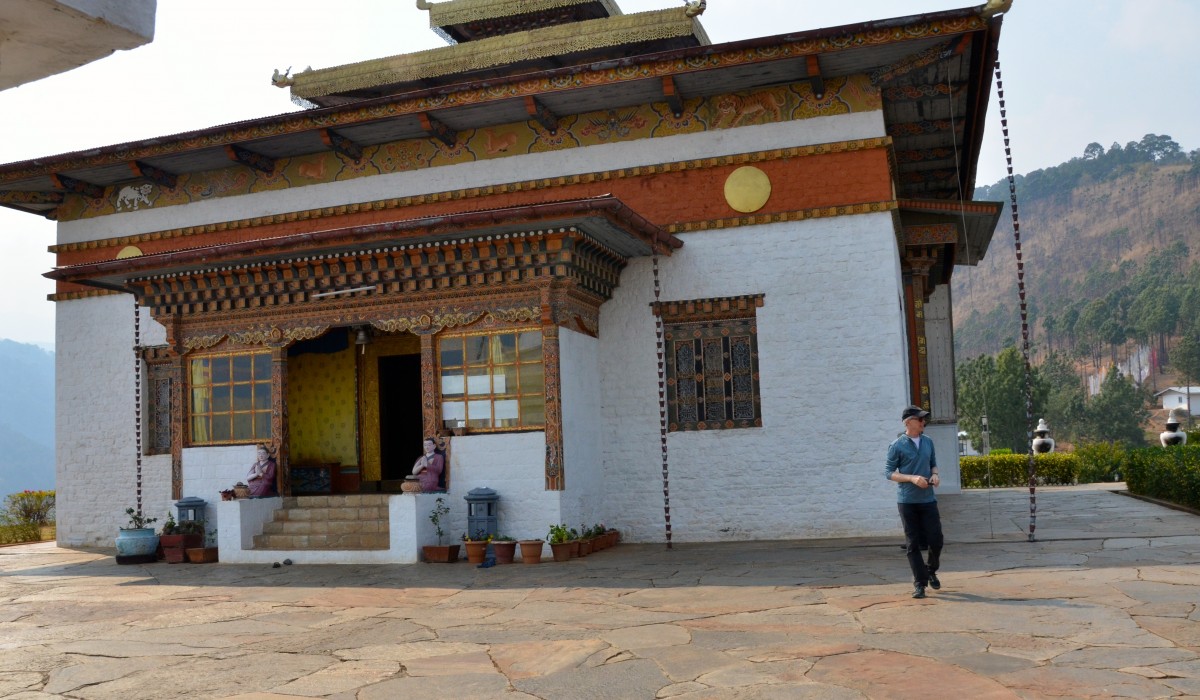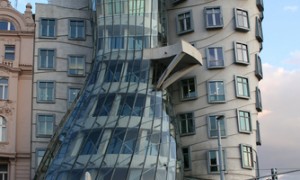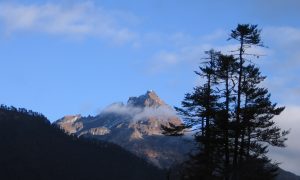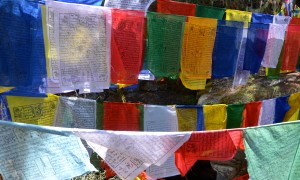This was originally posted June 2015.
I’ll long remember architecture and ornamentation in Bhutan.
Most notable to me is the consistency. It’s not surprising since the country was isolated from the outside world until until the 1970s. Only slowly are influences of the rest of the world creeping in. Bhutan also was never colonized or conquered—actions that often result in mixing of styles.
I recently saw an example of mixing of styles that amazed me. In Bangkok, there is a huge building in the Palace area that combines traditional British architecture with a Thai roof. It is a strange one. My architect friends will shake their heads. You won’t see mixing of cultures in Bhutan.
Let’s return to Bhutan.
The main style of residential buildings is the village farmhouse, consisting typically of three levels. I was able to visit one on my recent trip to Bhutan. The lowest level was for animals. The middle for storage of rice and other food.
And then the top was the family living space. I was quite fascinated that an entire room was dedicated to the shrine or alter. It was very elaborate. The house might not have indoor plumbing, but it will have an alter. Certainly speaks to the importance of religion in this remote country.
Between the third floor and the roof, there is a space for open air storage. We saw people making bricks of mud for these homes. We also saw home building in a village. It seemed to be a cooperative effort.
Buildings in Bhutan reveal lots of ornamentation and symbolism.
Outside the houses are square, with windows that get larger on each floor and are decorated like crazy with beautiful designs. They like lots of color. And if not colorful, carved. Often both.
We saw painted images designed to promote well being and prosperity and to scare away the evil spirits. The most interesting and shocking were the many Phallic symbols.
Turns out there was a monk in the 1500s who was known for his wine and womanizing…..and he promoted the phallic symbol as encouraging fertility and warding off evil spirits. So, they are painted on homes and businesses everywhere. At first it was shocking, but eventually I got used to seeing these images.
Temple Design
The white temples are easily identified with their gold roofs and the red bands around upper part of the walls. Made for very striking images.
Dzongs in Bhutan
The Dzongs—fortresses housing a monastery and government offices—were also white with lots of ornamentation inside. Most interesting to me about the dzongs is that they were built without plans (everything was in the carpenter’s head) or nails.
Gateways in Bhutan
I loved the gateways to hotels, towns, special streets or schools. They seemed to epitomize the welcoming spirit and joyful spirit of the Bhutanese people.
Four Friends
We saw lots of religious paintings, stories of the Buddha and my favorite—the story of the Four Friends. It communicates the importance of cooperation as the animal friends learn to climb on top of each other to reach fruit on branches on a tall tree. The friends help each other and in doing so, ensure their survival.
I think this communicates a spirit in Bhutan of working together and caring about the community.
I traveled with GeoEx to Bhutan in March. Click here for their web site. For more about Bhutan check out the blogs I have posted on DesignDestinations.org.


































